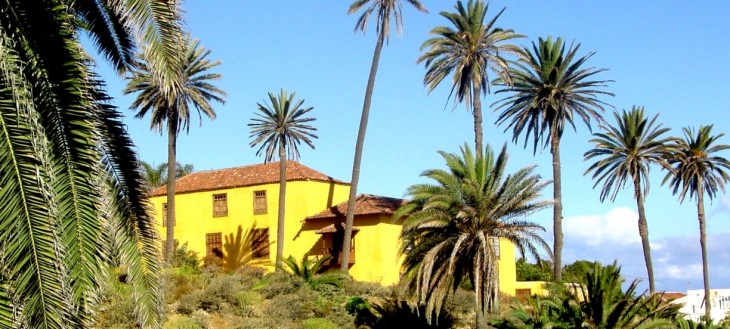The Castro Manor, also known as ‘Mayorazgo’ Manor, is the most important and the oldest of the manors found in the coastal area. Its offers spot of enormous beauty, where birdsongs often silence the sound of sea.
Built in the early 16th century by Hernando de Castro, the present building dates back to the 17th and 18th centuries, because of subsequent reconstruction. It was surrounded by a large garden area which stretched down to the ravine in Castro beach, also known as ‘El Camello’ beach. The manor is an important reference point in the so-called ‘Sendero del Agua’ [Water Trail], one of the most frequently visited trails in Los Realejos.
Its gardens were visited and praised by visitors and scientists alike in the 18th and 19th centuries. Sabino Berthelott visited it 1825 and described it as ‘the Gardens of Armida without human intervention’. Jules Leclercq had the chance to visit it at the end of the 19th century and said ‘the palm trees in Rambla de Castro made me feel like I was in the renowned Alameda boulevard in Rio de Janeiro, and the caves brought back memories of Calypso island’. Jean Mascart, an astronomer in the Observatory of Paris, visited the island in 1909 and then described it as “the Garden of Eden that stretches to the sea waves”. José de Viera y Clavijo, a distinguished writer from Los Realejos, wrote on his book ‘History of the Canary Islands’ in 1773 that it was ‘a delightful manor on pleasant lands’. Quoting Benigno Carballo Wagüemert, “there’s no other place as beautiful and admirable as this between La Orotava and Icod. Travellers passing by must unavoidably stop and marvel at it from a natural balcony forged by the road. From the top, it turns, however, impossible to even imagine that the real paradise on earth exists below”.
- Where is it?
- What is around?
- Related articles
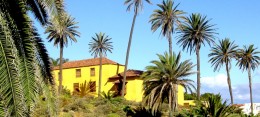 Hacienda de Castroa 0,00 km
Hacienda de Castroa 0,00 km Hazienda Castroa 0,00 km
Hazienda Castroa 0,00 km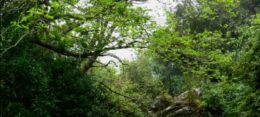 Die kanarischen Edrbeerbäume von La Fajanaa 0,11 km
Die kanarischen Edrbeerbäume von La Fajanaa 0,11 km The La Fajana Canary Madronesa 0,11 km
The La Fajana Canary Madronesa 0,11 km Mirador de San Pedroa 0,12 km
Mirador de San Pedroa 0,12 km Aussichtspunkt von San Pedroa 0,12 km
Aussichtspunkt von San Pedroa 0,12 km San Pedro Lookouta 0,12 km
San Pedro Lookouta 0,12 km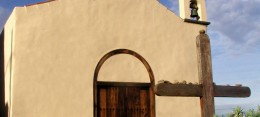 Ermita de San Pedro Apóstola 0,13 km
Ermita de San Pedro Apóstola 0,13 km Hermitage of Saint Peter the Apostlea 0,13 km
Hermitage of Saint Peter the Apostlea 0,13 km Kapelle von San Pedro Apóstola 0,13 km
Kapelle von San Pedro Apóstola 0,13 km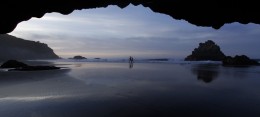 Playa de Castroa 0,14 km
Playa de Castroa 0,14 km Strand von Castroa 0,14 km
Strand von Castroa 0,14 km
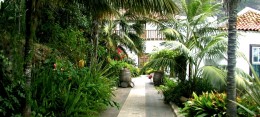 The Princes’ Manor
The Princes’ Manor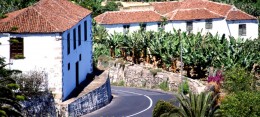 The Four Windows Manor
The Four Windows Manor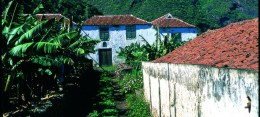 The Viscount of Buen Paso Manor
The Viscount of Buen Paso Manor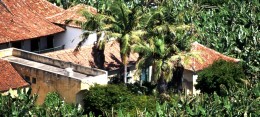 Manors of ‘Las Chozas’, ‘La Rambla’, ‘El Socorro’ and ‘La Torre y Ruiz’
Manors of ‘Las Chozas’, ‘La Rambla’, ‘El Socorro’ and ‘La Torre y Ruiz’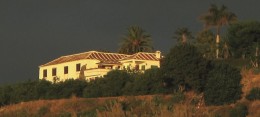 The Knife Manor
The Knife Manor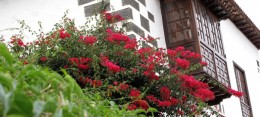 The Poggio Manor
The Poggio Manor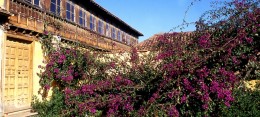 The Manor of St. Ildefonso - The Reeds - Castro's Gardens
The Manor of St. Ildefonso - The Reeds - Castro's Gardens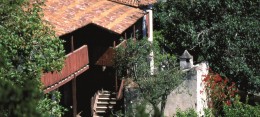 The Coronela Manor
The Coronela Manor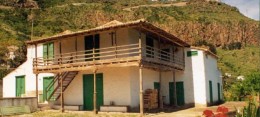 The Threshing Floor House
The Threshing Floor House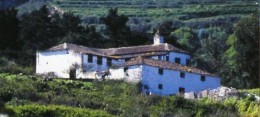 The Wall Manor
The Wall Manor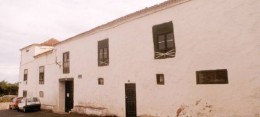 The Gorvorana Manor
The Gorvorana Manor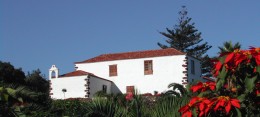 Don Santiago's Colonial Mansion - Saroga Plantation
Don Santiago's Colonial Mansion - Saroga Plantation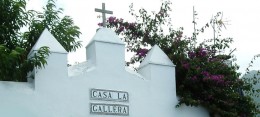 The Cockpit House
The Cockpit House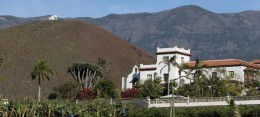 The Zárate-Salazar Family Manor
The Zárate-Salazar Family Manor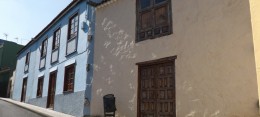 Palo Blanco House
Palo Blanco House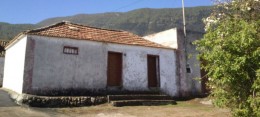 Hoya de Pablo Hamlet
Hoya de Pablo Hamlet


